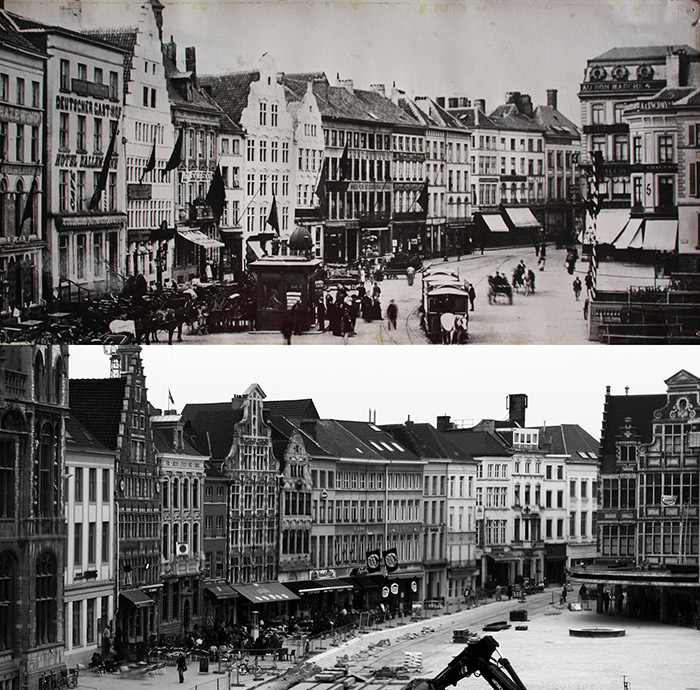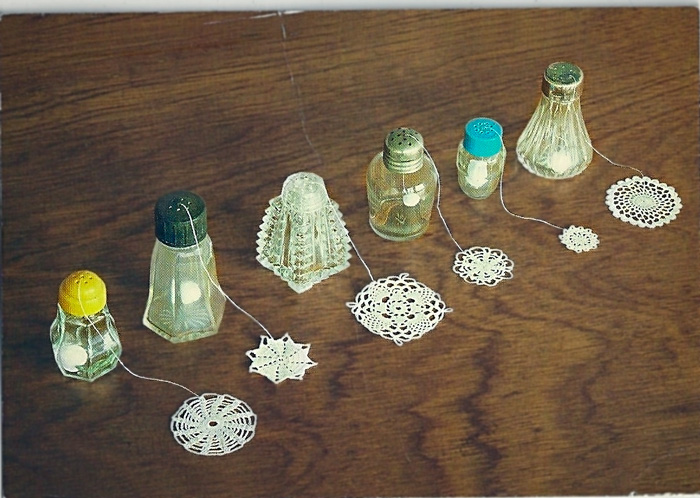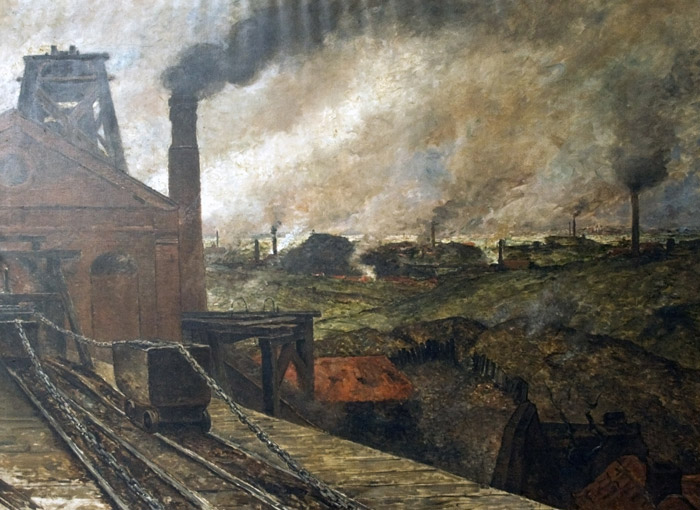Hole in the Clouds
Jun 21, 2010

It would be understandable error if, assuming you had nothing to go on but this one pair of pictures, you came to the conclusion that not much of anything really happened in Europe during the twentieth century.
The top picture shows the marketplace in Ghent, Belgium, in 1900; the lower photo was taken from the same vantage point in 2010. Of course everything in this part of town--the Korenmarkt--had already survived very nearly intact from about the 11th century until photography was invented and the streetscape could be snapped at the start of the 20th century. Presumably, nothing much was happening back then in that neck of the woods.
Except for Paris, Ghent was the largest and wealthiest city in Europe until the late Middle Ages. In the United States, old parts of cities tend to survive intact if the city experiences prolonged poverty, during which time redevelopment is economically unattractive. I don't know if the same dynamic accounts for neighborhoods that last a thousand years in Flanders and the rest of Europe.
vintage
streetscape
Ghent
Belgium
Jun 21, 2011
 The postcard had a Belgian stamp on it, and a message: "I think this is self-explanatory."
The postcard had a Belgian stamp on it, and a message: "I think this is self-explanatory."
Is it?
Fortunately or unfortunately, additional explanation was at hand, in the caption in the lower left-hand corner, in French and some other languages. It turns out that the artist is Anu Tuominen, and the work is Fleur de Sel, completed in 2002–2004. The medium, if you must know, is saltshakers and travail de crochet.
From the intertubes, I see that the artist was born in Finland in 1961, and that she doesn't always work in saltshakers and crochet. Sometimes she uses a cheese slicer and knitting, sometimes mittens and socks, sometimes clothespins. In closing today, we have a work by Anu Tuominen done all in red and blue pencils.

art
Belgium
Anu Tuominen
Fleur de Sel
crochet
salt shakers
(h/t: sis)
Jun 24, 2013
 There has been a bridge here over the River Meuse in the Belgian town of Dinant since the twelfth century. In World War I, Charles de Gaulle was wounded during a battle for control of this crossing, but the bridge survived intact. It was destroyed, as shown here, in May 1940, when the retreating Belgian army blew it up behind them; the Germans, however, had already established a pontoon bridge nearby and were not delayed. It was rebuilt in 1950 and named for de Gaulle.
There has been a bridge here over the River Meuse in the Belgian town of Dinant since the twelfth century. In World War I, Charles de Gaulle was wounded during a battle for control of this crossing, but the bridge survived intact. It was destroyed, as shown here, in May 1940, when the retreating Belgian army blew it up behind them; the Germans, however, had already established a pontoon bridge nearby and were not delayed. It was rebuilt in 1950 and named for de Gaulle.
landscape
Belgium
World War II
village
Dinant
River Meuse
(h/t: Toefee via Shorpy)
Jul 8, 2014
 The Black Country of Belgium is the Borinage district of Wallonia province, where coal was mined to feed the furnaces of the Industrial Revolution from the 1820s until the 1960s.
The Black Country of Belgium is the Borinage district of Wallonia province, where coal was mined to feed the furnaces of the Industrial Revolution from the 1820s until the 1960s.
The countryside was devastated by slag heaps, ash ponds, and smokestacks, and life in and around the mines was brutal. For more than a century, the miners of Borinage organized labor actions that were violently suppressed; in the 1930s, the mine owners evicted strikers from their homes, and families spent the winter sleeping in the streets while soldiers guarded the empty houses.
Since the last of the mines closed in the 1960s, Borinage has been characterized by Belgium's highest unemployment rates.
Constantin Meunier was a Belgian painter and sculptor of the late nineteenth century whose work often focused on the social impact of industrialization. This painting is believed to date to about 1893.
Belgium
oil
ruins
industry
coal mining
1893
Wallonia
smokestack
Borinage
(Painting by Constantin Meunier)




